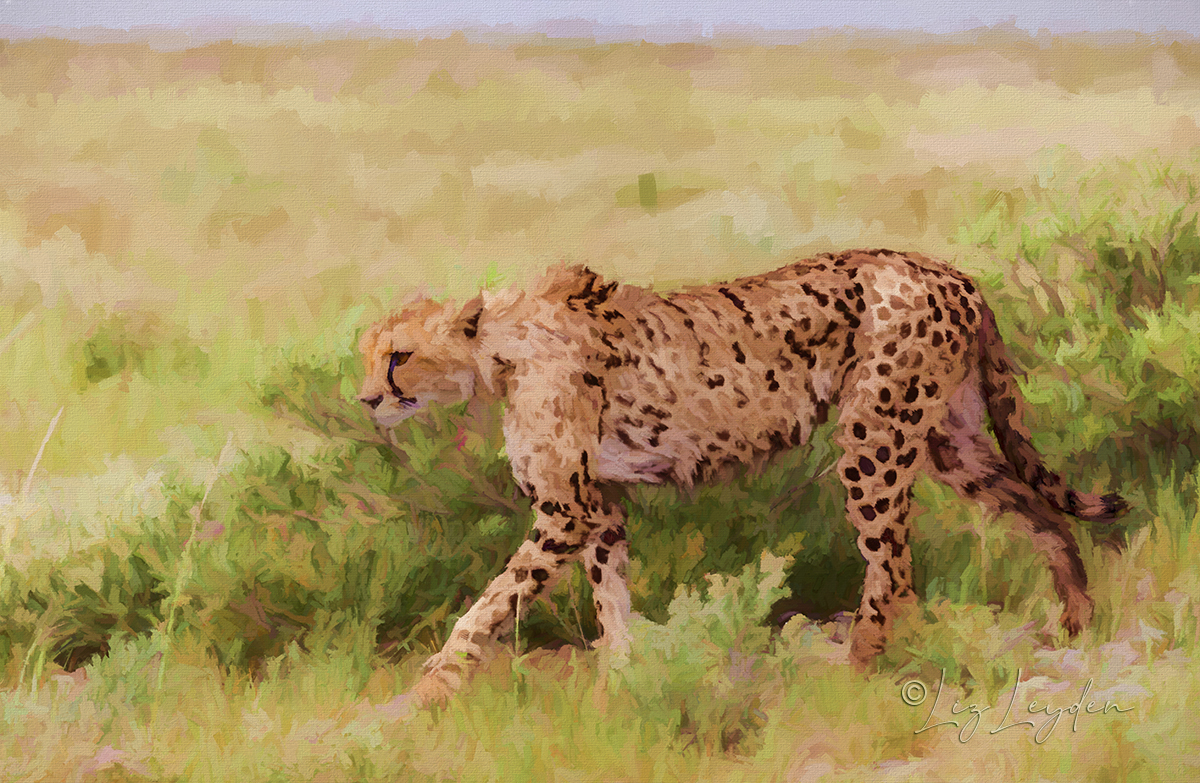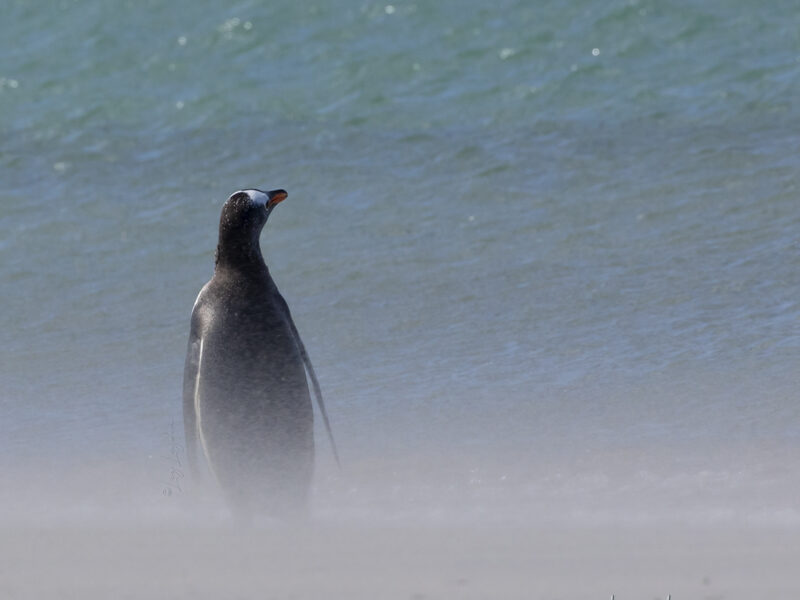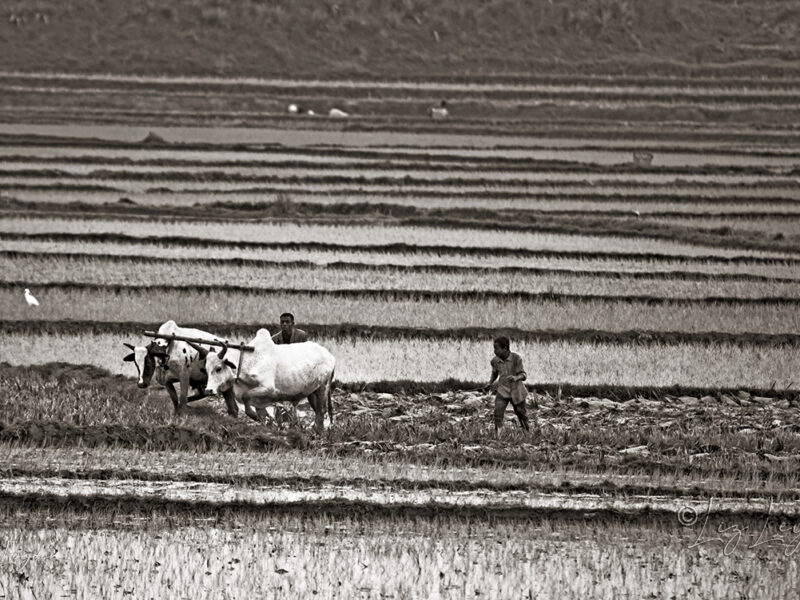A wild Cheetah, Acinonyx jubatus, walking in Etosha National Park, Namibia, Southern Africa.
Cheetahs are one of the world’s Big Cats. In contrast to some of the other Big Cats, they are strictly diurnal, hunting their prey during the day. Most Cheetahs live in sub-Saharan Africa, where their favourite prey is Thomson’s Gazelle. However, they can hunt animals as small as hares and up to Impala size. They also eat calves of other ungulates like Wildebeest.
They can easily be told from the other cats which share their distribution range by their smaller head, separate spots (not clusters of spots) and their leaner shape. They are built for speed rather than strength and have phenomenal acceleration, going from 0 – 112Km/h in 3 seconds.
Although they have incredible acceleration and speed, they lack stamina, so they have to stalk to within a short distance of their prey before making a short, sharp sprint to try to bring them down. They often use elevated areas like mounds to get a better view of the surrounding area. They can be very patient, and often wait until their dinner comes to them, waiting until their prey comes as close as possible to avoid a lengthy chase.
After a chase, Cheetahs are often exhausted and have to rest and recover before they start to eat. They guard their prey, sitting close to or sometimes even straddling it, but at that time they are in danger of having their meal stolen by a Leopard, or by Lions or Hyaenas. Their smaller head and reduced jaw size and strength, adaptations for speed, make it almost impossible for them to defend their catch from such piracy.
As well as their ‘greyhound’ physique, Cheetahs have another unusual adaptation: unlike most cats, cheetah claws are only semi-retractable. These then act like the spikes on sprinters’ shoes, to give them more grip. Ridges running along their paws also help provide traction. Their long tails act as a counter-balance to help the cheetah to make sharp turns – needed as their prey will usually jink quickly when trying to escape – and is laterally flattened to act like a rudder.
Sub-saharan Cheetahs are IUCN red-listed as ‘Vulnerable’, but reducing populations have led to recent calls for their status to be changed to ‘Endangered’. There is an Asiatic subspecies, Acinonyx jubatus venaticus, for which probably only about 50 individuals remain, in protected areas of Iraq, having been extirpated by humans through the rest of their range. The Asiatic Cheetahs is Red-listed as “Critically Endangered”.
This image is copyright © Liz Leyden. All rights strictly as agreed in writing with the author or her agent.
This wildlife art image is available for sale as wall art or as various home or personal accessories from Pixels.com.
My original photo of a Cheetah, from which this image is based, is available to licence as a stock photo from my portfolio at iStock.


